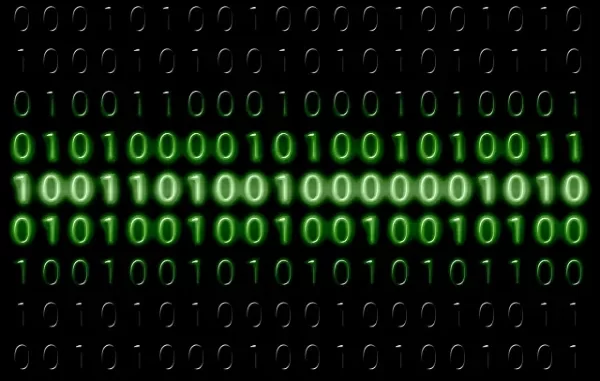
By Kyrt Smith
Staff Writer
The Relationship Between Bits and Bytes
In an age dominated by digital information and data-driven technologies, understanding the fundamental units of digital storage is crucial. One such foundational concept is the relationship between bits and bytes – the building blocks of digital data. This article delves into the intricacies of these terms, shedding light on their significance in modern computing and communication systems.
Bits and Bytes: The Basics
At the heart of every digital communication, from emails and images to videos and software, lies the binary system – a language computers understand. This system uses two symbols, typically represented as 0s and 1s, to convey information. A bit is the smallest unit of data in this system, and it can either be a 0 or a 1, representing an “off” or “on” state, respectively.
Bytes, on the other hand, are the result of grouping bits together. A byte consists of 8 bits, forming a sequence that can represent a wider range of information. While a single bit can only represent two possible values (0 or 1), a byte can represent 256 different combinations (2^8), allowing for more complex data storage and manipulation.
Quantifying Data: How Many Bits in a Byte

To put this into perspective, let’s examine how data is quantified using bits and bytes. A single character, such as the letter “A,” can be represented using 8 bits or 1 byte. This means that whenever you type a single character on your keyboard, it’s translated into a series of 0s and 1s through bits and bytes.
As the amount of data grows, larger units are employed for convenience. For instance, a kilobyte (KB) consists of 1024 bytes, a megabyte (MB) is 1024 KB, a gigabyte (GB) is 1024 MB, and so on. These larger units make it easier to express the vast quantities of data generated and processed in today’s digital landscape.
Real-World Applications
Understanding the relationship between bits and bytes is vital in various fields, from computer science and information technology to telecommunications and data storage. When browsing the internet, streaming videos, sending emails, or using any digital application, the data you interact with is ultimately measured in bits and bytes.
For example, the quality of a video stream or an image file is often described in terms of its size, which corresponds to the number of bytes it occupies. Similarly, internet connection speeds are often measured in bits per second (bps), with higher values indicating faster data transfer rates.
The Evolving Landscape

As technology advances, the demand for data storage and transmission continues to escalate. This progression has led to the development of even larger units of data measurement, including terabytes (TB), petabytes (PB), exabytes (EB), and beyond. These units are necessary to handle the massive volumes of data generated by activities such as social media interactions, streaming services, and scientific research.
Building Blocks of the Digital Age
In the realm of digital technology, the relationship between bits and bytes serves as the cornerstone for how data is stored, processed, and communicated. As we continue to embrace a world driven by data and innovation, understanding these fundamental units enables us to navigate and appreciate the complexities of modern computing and communication systems. From the smallest bits to the vast exabytes, these building blocks are the foundation upon which the digital age is constructed.

Leave a Reply